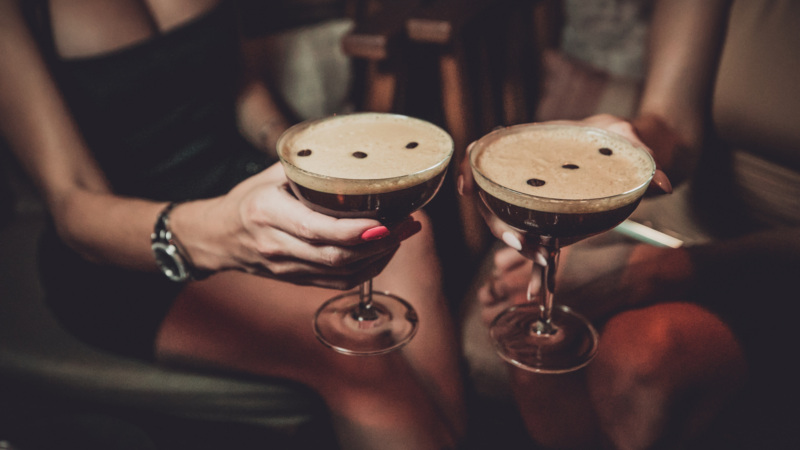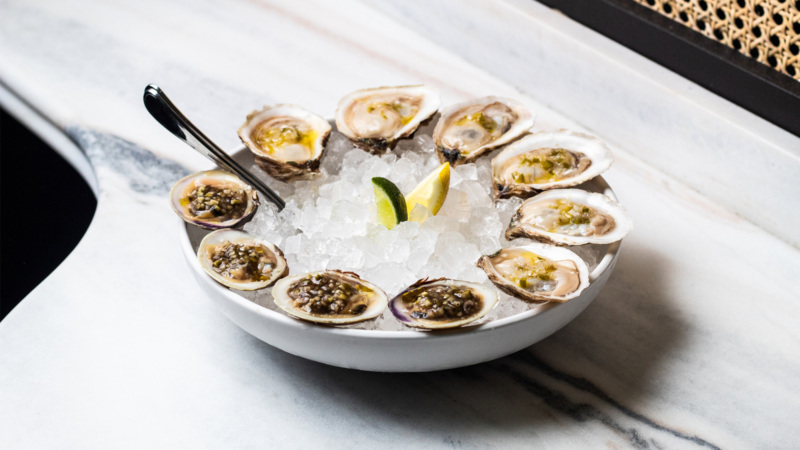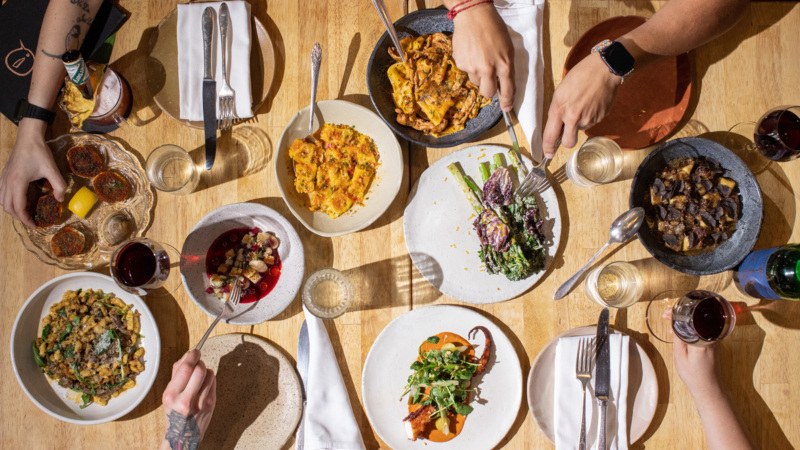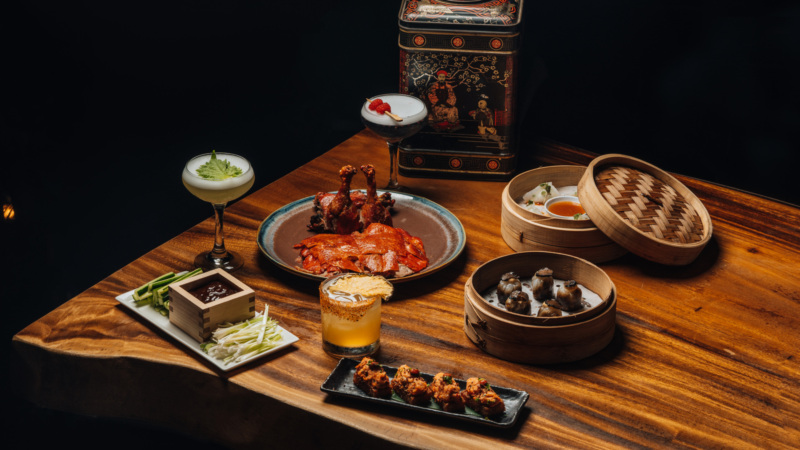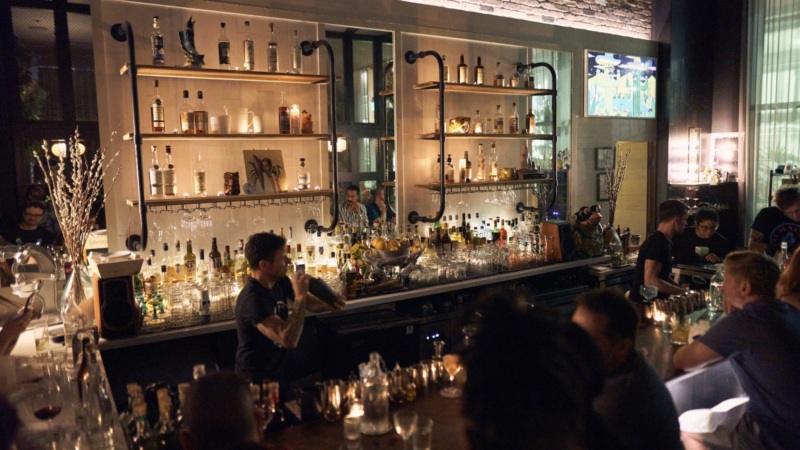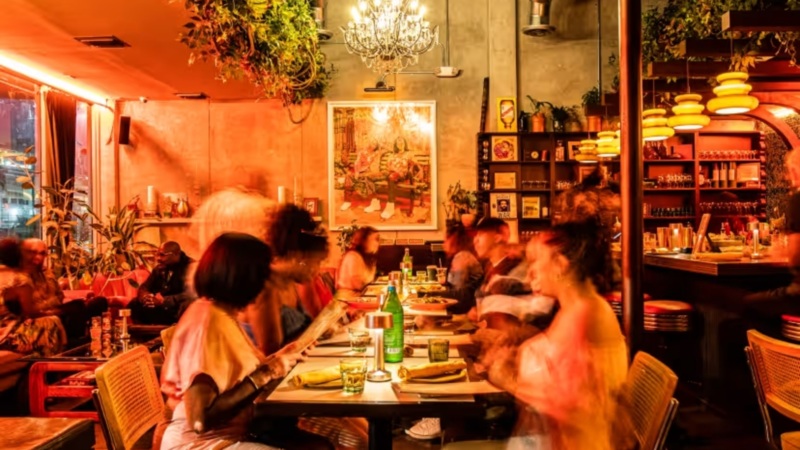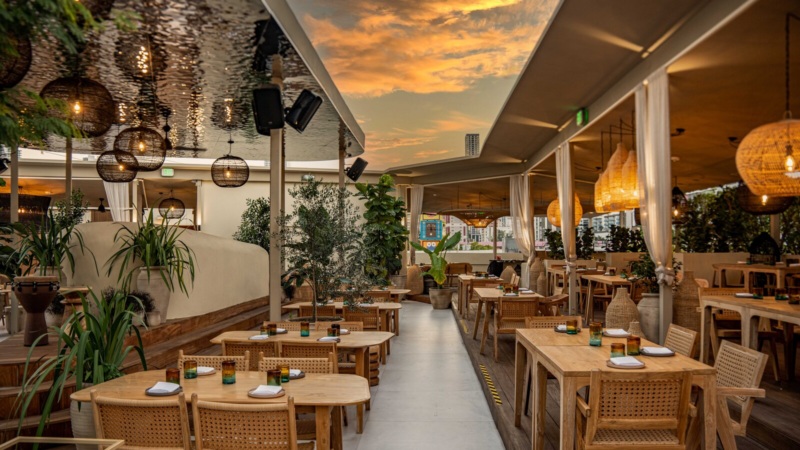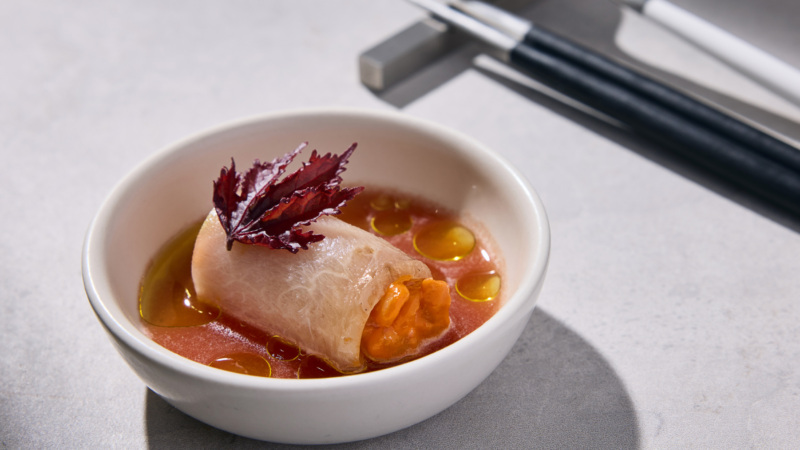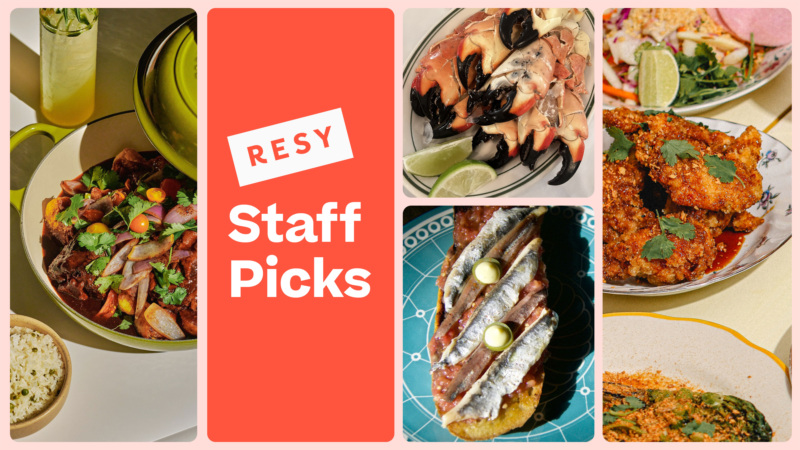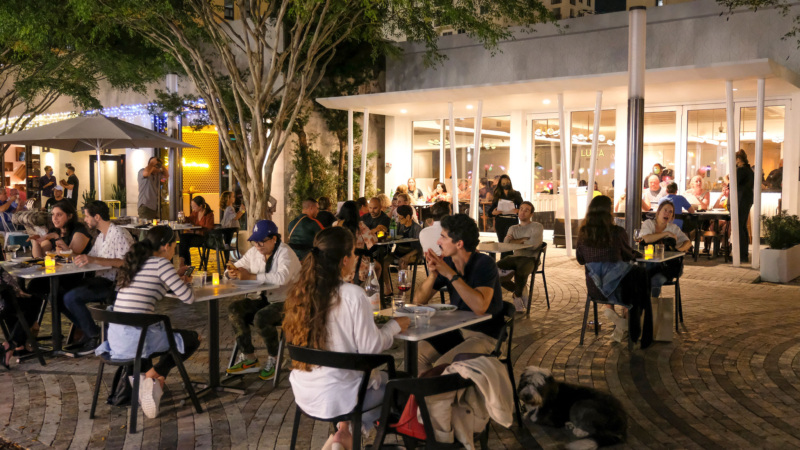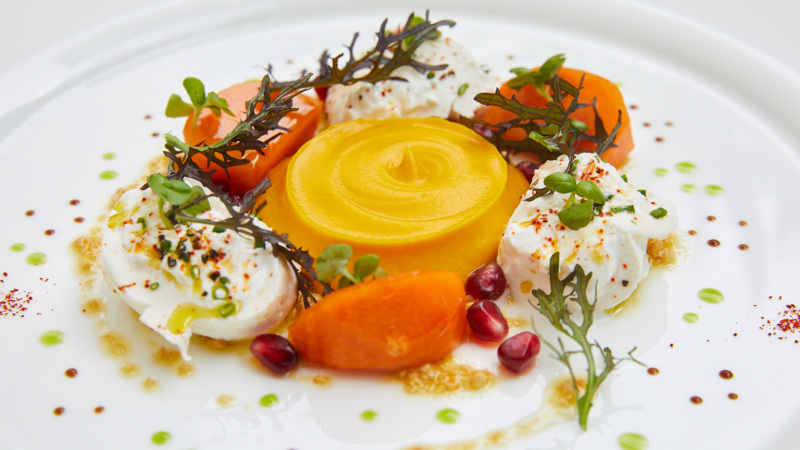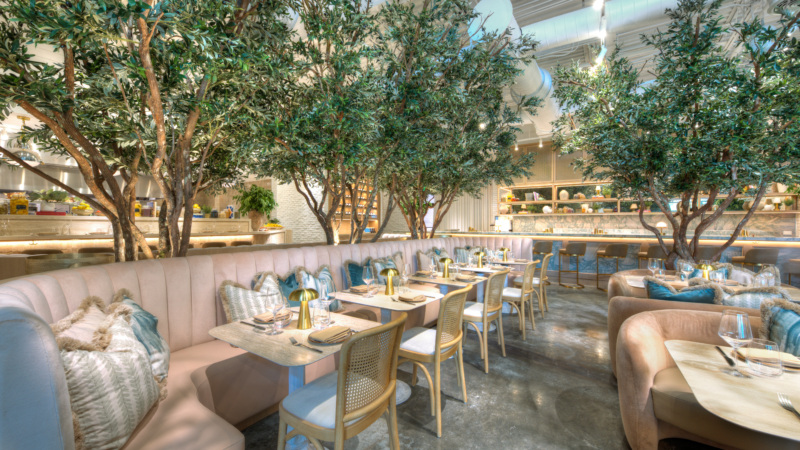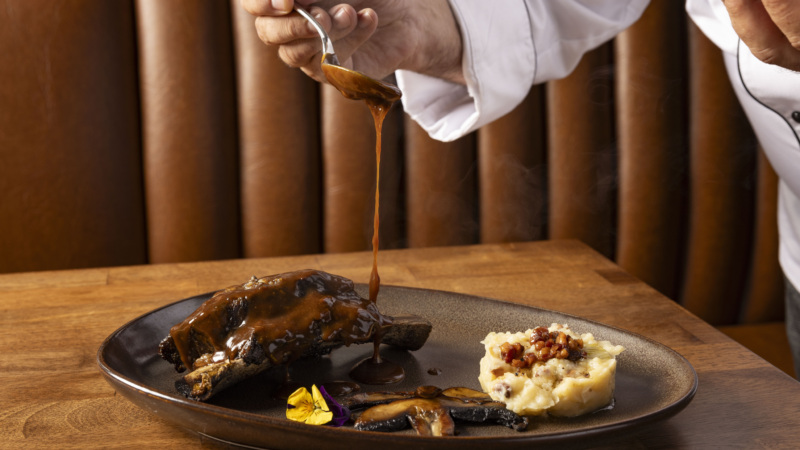
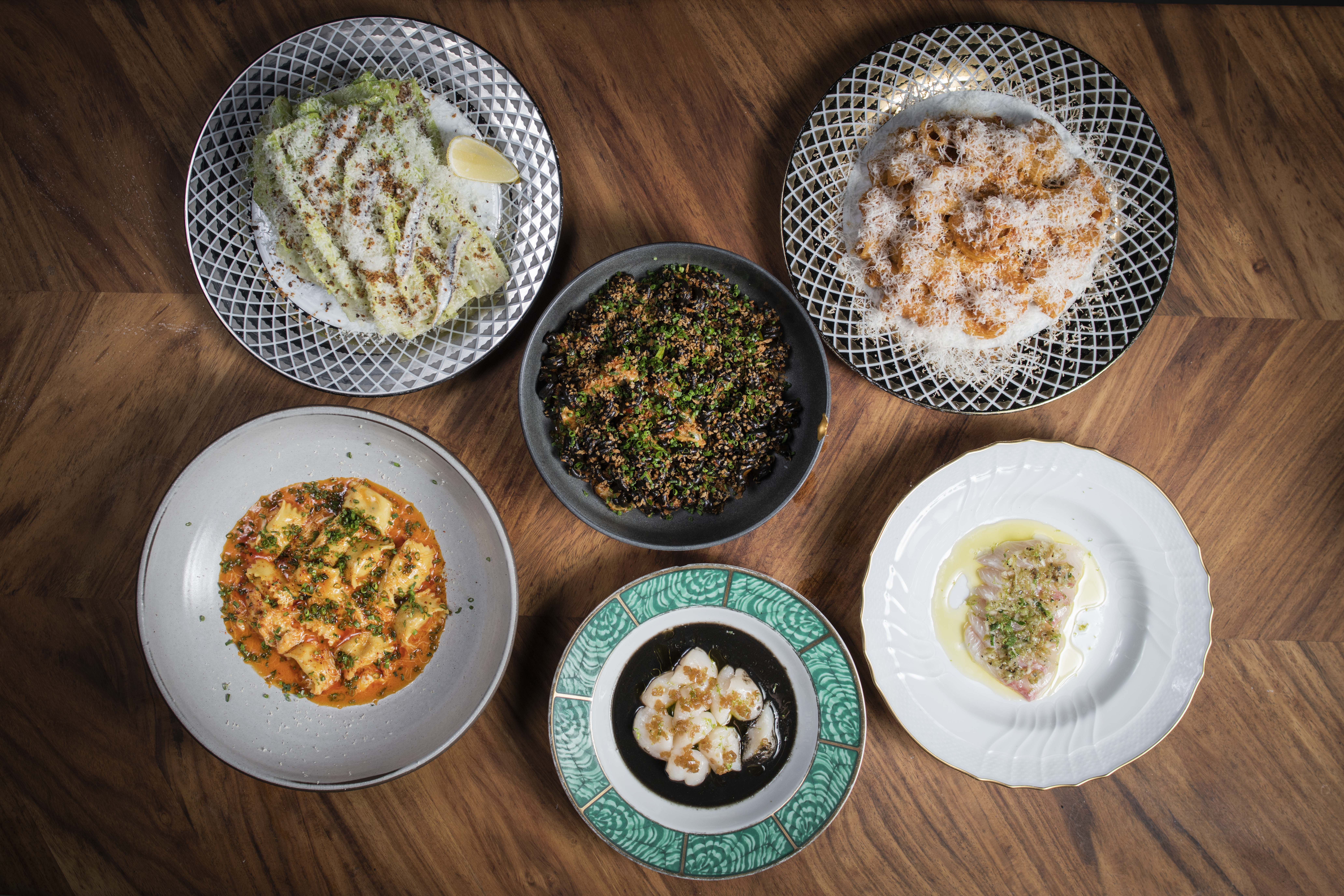
Miami Dining Has Come of Age. Thank the Locals Who Saw Its Potential
It’s tempting, when visiting Miami, to scroll down the list of newly minted Michelin-starred restaurants and assume you’re hitting the highlights of local dining. True, you’ll never go wrong savoring 14 courses at Atelier de Joel Robuchon. And the steak is never anything less than stellar at Cote.
But these recent arrivals from out of town don’t really explain why Miami has shot to the top of the American culinary landscape. You might consider them more the effect than the cause, much as you might consider Michelin’s debut guide in Florida this summer to be a reflection of the city’s progress. Rather, Miami has been slowly building one of the great food scenes in the country, if not the world, over the past 15 years. And the validation that comes from the arrival of Bibendum the tire man isn’t thanks to big names from other cities. It’s because of the tireless efforts of a passionate collection of locals who understood that being invested in the city is what would make the city’s restaurant culture as great as they believed it could be.


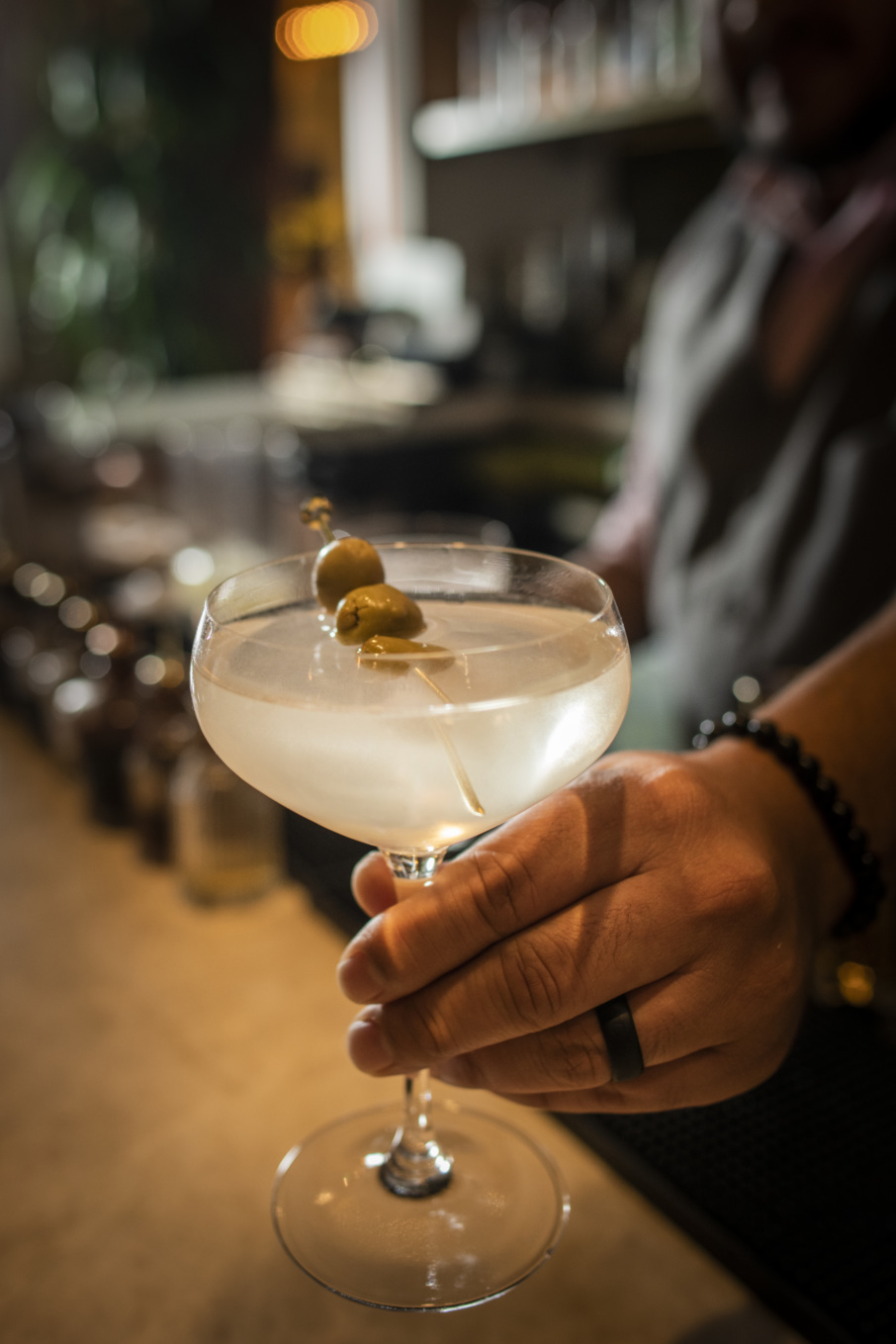

There was a time, not so very long ago, where dining out in Miami meant either you valet-parked your car at an expensive South Beach hotel and overpaid for mediocre food, or you tucked into a hole-in-the-wall Cuban cafeteria. Maybe once in a while you could hit up Bennigan’s or P.F. Chang’s in Doral or Kendall if the waits weren’t too long after work. If the word “Michelin” was involved in your dinner, it probably meant you’d gotten a flat.
It’s not that Miami was a small town; Dade County’s population has been over 2 million people since the early 1990s, but for some reason the restaurant scene wasn’t keeping up with our booming population. Chefs were leery of opening anything outside the tourist mecca that was South Beach, and what they did open largely reflected the transient nature of their customers.
But sometime in the mid-2000s, that began to change. Chefs with roots in the city began opening smaller, uncharacteristically underhyped restaurants in neighborhoods that weren’t covered in neon.
“There were these pioneer chefs of Miami — Allen Susser, Norman Van Aken, Michael Schwartz, Michelle Bernstein,” says Niven Patel, whose restaurants Ghee and Orno earned him a spot on Food and Wine’s Best New Chefs list in 2020. “They laid the foundation for national press, and national recognition.”
If the names of these “pioneers” sound only recently familiar, that simply reflects how young a city Miami is, at least in its food culture. It is possible here to find yourself part of a culinary Mt. Rushmore even as your career is still developing.
Hence Michael’s Genuine opened in the Design District in 2007, about a decade before Hermes and Cartier set up shop. Michelle Bernstein’s Michy’s was in MiMo when Biscayne Boulevard was still awash with sex workers and drug dealers. They both thrived a world away from the bright lights of South Beach, showing that the city had an appetite for smaller, chef-driven restaurants that weren’t aimed at tourists.

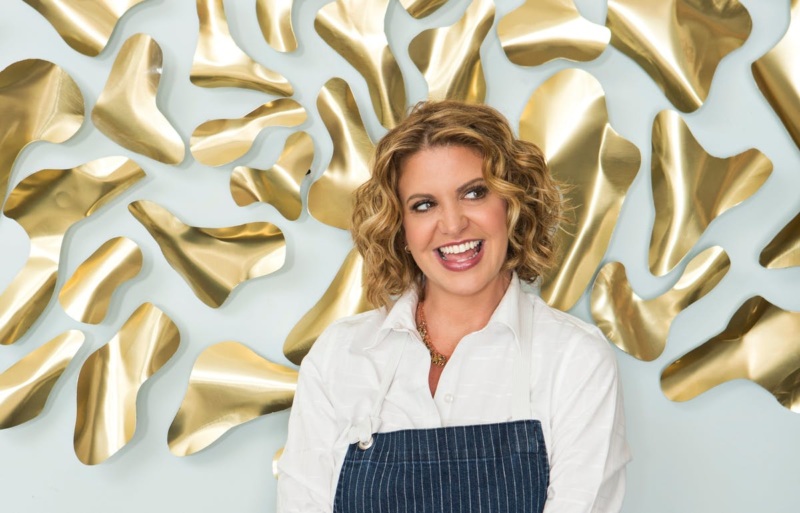
‘Off the beaten path’
A few years later, Anastasia Koutsioukis took note of the open canvas for great neighborhood restaurants when she was looking for a place for her and her husband to open a little, charming Aegean-inspired spot.
“We were always trying to go off the beaten path, a little off Miami Beach,” says Koutsioukis, the co-founder of Mandolin Aegean Bistro, of her early South Florida vacations. “We wanted to see where the locals ate, but aside from a handful of mom and pops, there really wasn’t a big local food scene.”
She found a dilapidated little 1940s bungalow on NE Second Ave. in the heart of what she called “Zombie Road” due to the transients walking the streets. At the time, the prevailing thought was that opening an outdoor restaurant in a “transitioning” neighborhood —in a city best known for sweltering humidity and thunderstorms – was a great way to go bankrupt. Eleven years later, Mandolin is Miami’s gold standard for matching a romantic setting to exceptional food.
“We went against a lot of the norms,” Koutsiouskis says. “People would say, ‘No one’s gonna want to sit outside, you have the elements against you.’ Now, being able to sit outside, and be part of the elements, that’s part of the charm.”
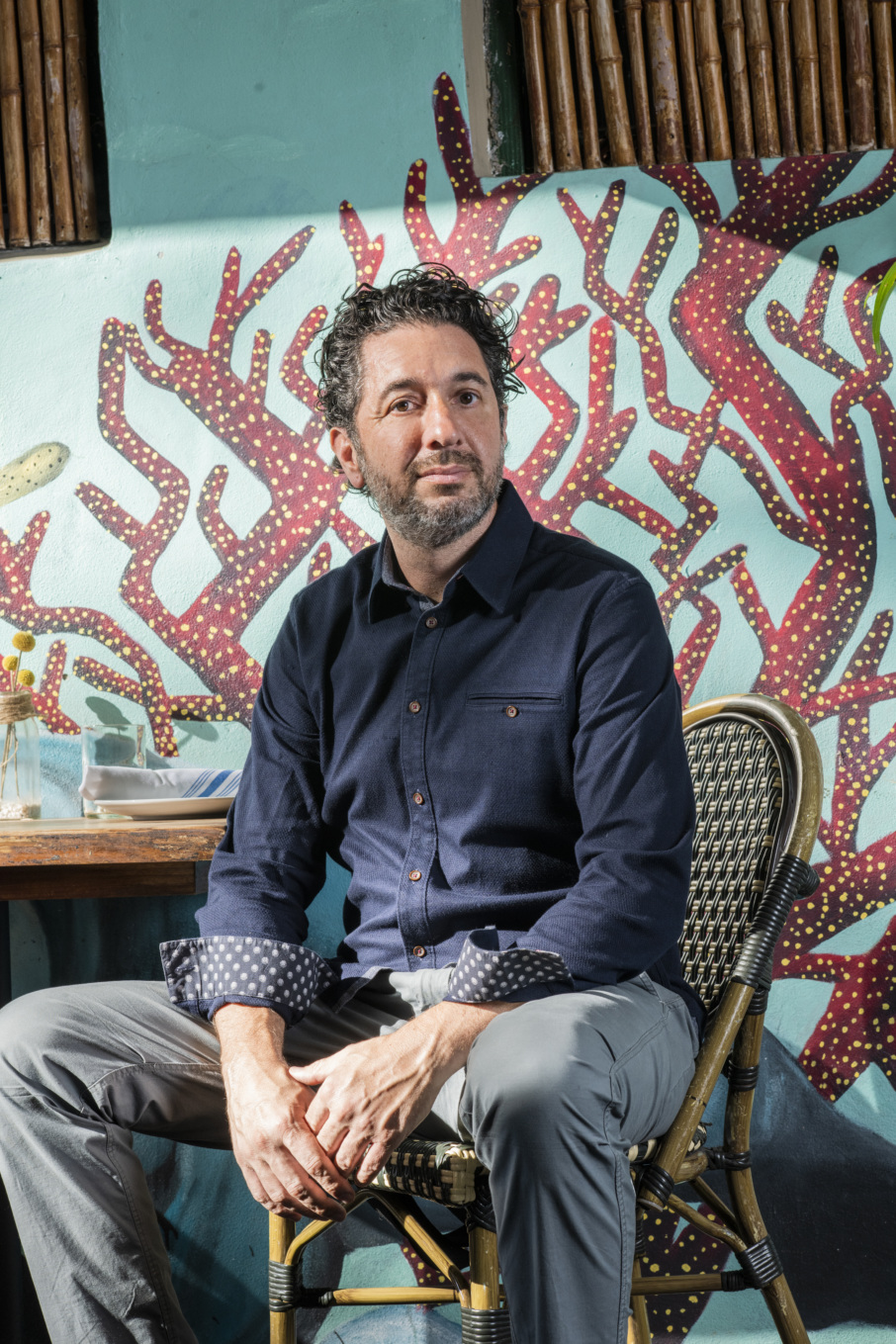
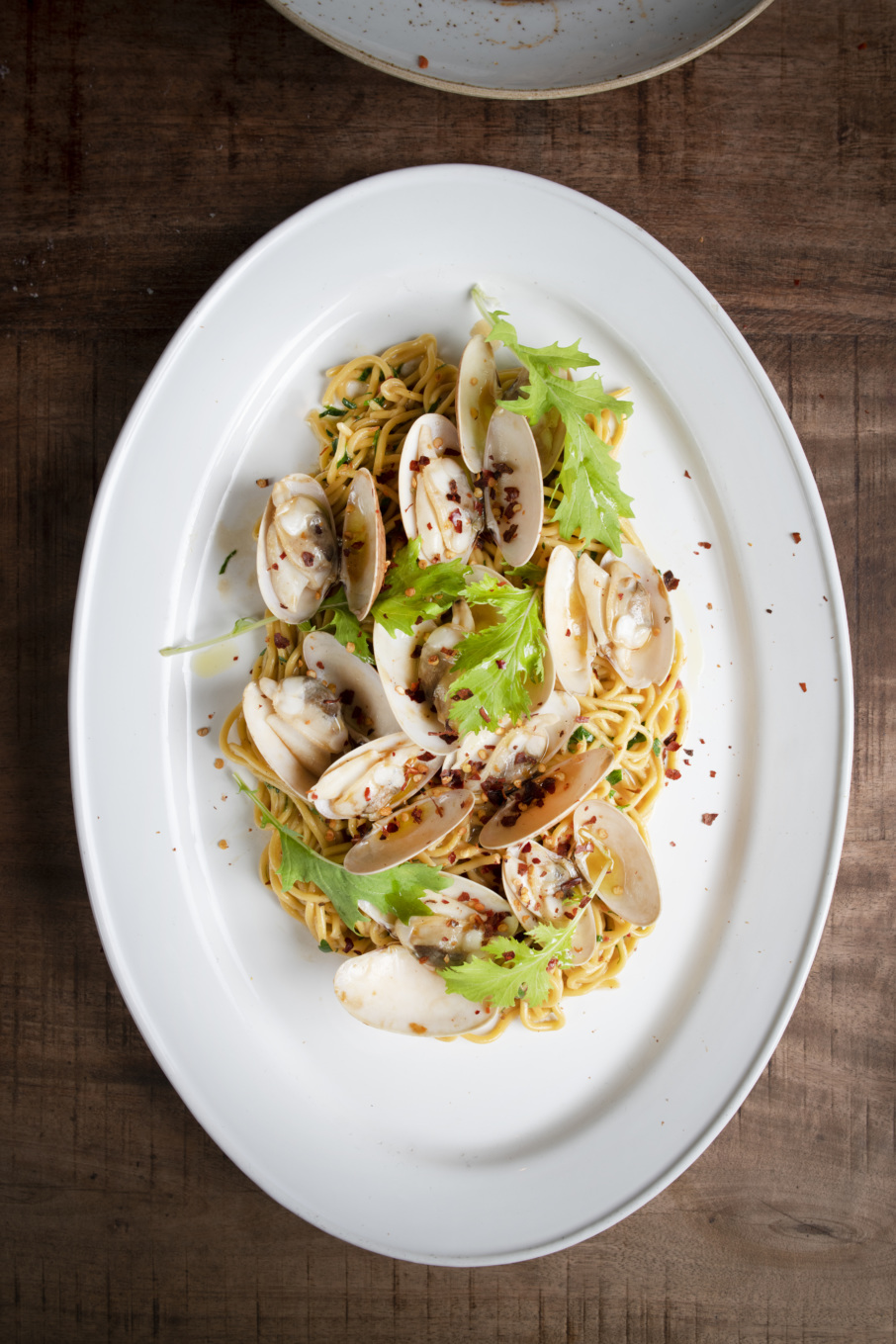
Around the same time, a chef named Michael Piolo was tapped to be the chef de cuisine at Scarpetta in the Fontainebleau. On his days off, he would explore local restaurants and find little other than Michael’s and Michy’s that felt right for his more low-key sensibilities. Seeing a void in chef-driven Italian restaurants — the sort of neighborhood trattorias that feel homey and authentic, and proliferate not just in Brooklyn but Atlanta and Houston — he set out to open his own spot in South Beach. The result was Macchialina, now one of the best Italian restaurants in Miami.
For that matter, wine wasn’t really much of a thing in Miami a decade ago either — it was a town largely dominated by a few large wholesalers and their mainstream selections. But a sea change began around 2014, in an unassuming restaurant downtown. In the years following the financial crisis, downtown Miami was a ghost town of cut-rate electronics stores and barely serviceable lunchtime sandwich shops. It was also the only place Karina Iglesias could afford commercial space for the restaurant and natural wine bar she and her business partner envisioned.
“It was a very DIY kinda vibe, like a wide shoebox,” she says of what later became Niu Kitchen, which would emerge as one of Miami’s most innovative restaurants. On any given night, Niu’s attached wine bar is overflowing with industry types and connoisseurs, and a naturally-focused wine list that’s often touted as among the city’s best. “But we were one of the first in the city to come up with a chef-driven concept, where the chef is present and talking to people.” And Iglesias chose to merge that with her offbeat wine sensibilities, a novel idea in town.

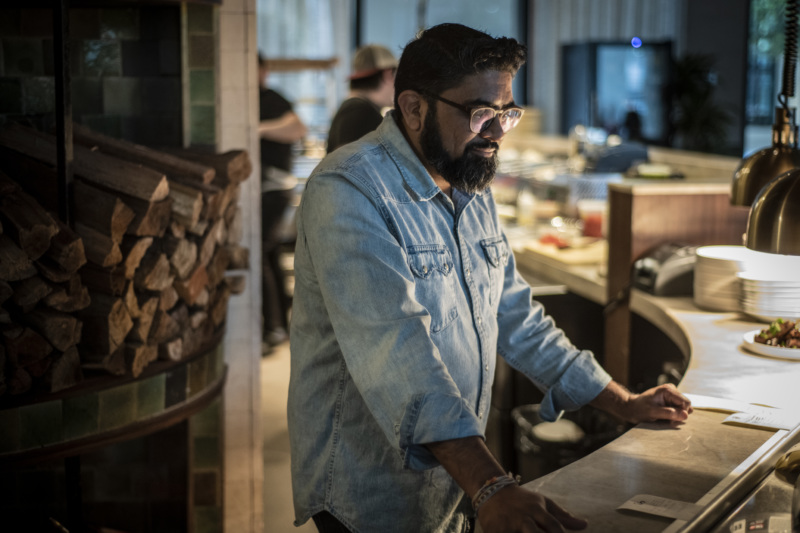
Being present makes all the difference
Actually, having a head chef in the kitchen was a novel idea in Miami when spots like Macchialina and Niu opened, because most big-name restaurants were run by celebrity chefs in South Beach hotels, who’d stop in during vacation to check on the food.
“The quality was never really good because the chefs didn’t live here,” says Jacqueline Pirolo, Michael’s sister and managing partner at Macchialina. “Now that we have more people, more chefs call Miami their home, it creates a real restaurant industry. You can’t do that when you bop in and out and don’t have roots.”
Across the bridge in Brickell, Miami native Franco Stanzione introduced Miami to wood-fired Neapolitan pizza in 2013, putting in endless hours as the face of his restaurant to show the city pizza could be more than New York style slices or late-night Cuban thick crust from Rey’s.
“A lot of people weren’t open to it, they said people don’t like soft pizza. But we educated people on what Neapolitan pizza was. And without us, a lot of (newer) places would have had a hard time,” says Stanzione, whose eponymous Stanzione 87 has spread to three locations, with a fourth on the way. “Look at pizzas in Miami now, they’re beautiful. We’ve always had the ability. The market was always there.”
Today, Miami seems to have as many Neapolitan pizzerias as Naples, with restaurants like O Munaciello and La Leggenda joining Stanzione on a recent list of America’s best.
The people at Macchialina, Jaguar Sun, Boia De, we are always there for each other. If something broke, they’ll be there to help. If I run out of napkins someone will bring me some.— Karina Iglesias, NIU Kitchen
One other benefit of the chefs being visible presences: They’ve become Miami personalities the way doormen and DJs were during the heyday of South Beach glam. And for those local pioneers, this is more than putting in face time. They’ve brought to Miami the time-honored principle of the chef-owner who’s present all the time, and invested in every detail..
“Mike Beltran at Ariete. Mike Pirolo. The people at Itamae. They all give a s—, they all care about the water glass you’re drinking out of,” Stanzione says.
And that concern, Iglesias says, also reflects a hard-fought sense of community: “The people at Macchialina, Jaguar Sun, Boia De, we are always there for each other. If something broke, they’ll be there to help. If I run out of napkins, someone will bring me some.”
The camaraderie reflects how the Miami restaurant scene has evolved, of course. But it also demonstrates a deeper understanding, one that similarly helped now-cherished food towns like Charleston or Houston to grow: that one standout restaurant is a harbinger, but it takes a critical mass of restaurants to turn a city into a destination for dining.
The more great places the city has, the more people will come here to eat.

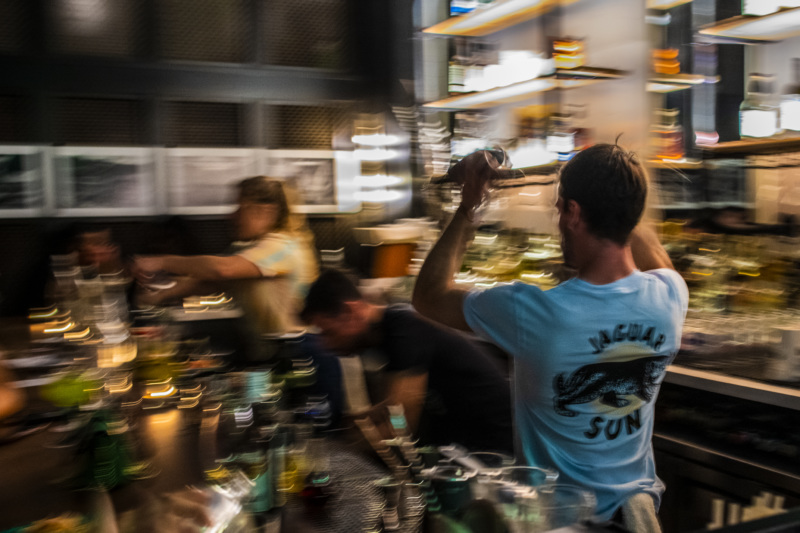
Life beyond the beach
If there’s one last piece of the puzzle still to fit, it’s this: People will always come to Miami to be warm, and that means the beach will always be its main draw. Which can be tricky when so much of the rise of great dining has taken place in less-trafficked neighborhoods.
But the solution is simple enough: Get off the beach, cross the causeways, and go explore. Even Pirolo, who situated Macchialina two blocks from the water, points out that it’s a quick car ride downtown to Niu, or to Paradis Books and Bread in Biscayne Park, or to Los Félix in Coconut Grove. Just a bit further you’ll find Michelin-starred Boia De in Little Haiti; the city’s best cocktails at Café La Trova in Little Havana; Orno in Coral Gables.
“The biggest shift I’ve seen now is we’re neighborhood driven, and not tourist driven,” says Patel, who opened Ghee in 2017, in arguably the uncoolest neighborhood in Miami at the time: the suburban enigma that is Kendall. And yet the area where Ghee opened is now among the city’s hottest, boasting an outpost of Pubbelly Sushi and low-key pizza fave The Brick. “Miami had been underserved when it came to good food in our neighborhoods, but now a lot of restaurants are worth hitting in Coconut Grove, Coral Gables, even Doral.”
This again reflects the grass roots that allowed Miami’s dining culture to flourish. Yes, Michelin recognition is great, but it’s a mere capstone to the work locals have been putting in for over a decade. The recent arrivals who have found success wouldn’t have been able to do it without the groundwork laid by places like Niu, Macchialina, Ghee, and Stanzione 87.
Miami may be a recent star for many in the food world, but in South Florida we know we’ve been doing great things for a while.




















